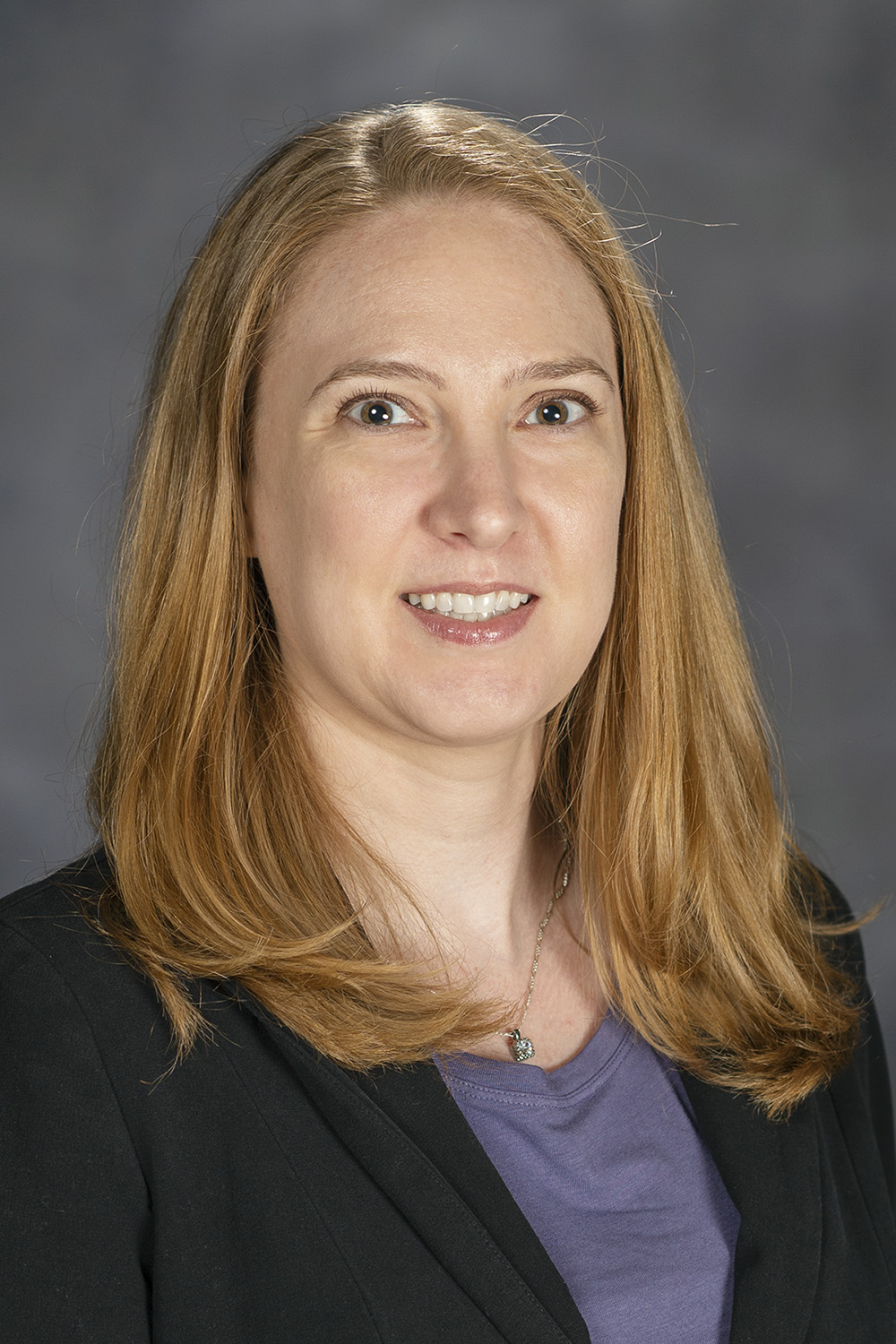Collection
Dyslexia in the 21st Century: Commentaries on the IDA Definition of Dyslexia
- Submission status
- Closed
It has been twenty years since an article discussing the current International Dyslexia Association's (IDA) consensus definition of dyslexia was published in the Annals of Dyslexia. The article's authors discussed the process used to develop consensus around a definition of dyslexia. They also highlighted the rationale and the intent of the definition. Since then, it has played a critical role in a broad spectrum of initiatives led by stakeholders concerned with dyslexia compelling the editors of Annals of Dyslexia to publish a set of commentaries on the definition of dyslexia that are grounded in empirical research and societal realities.
Why revisit the definition twenty years later? First, it was based on what was known when it was written, and advancements in the scientific understanding of dyslexia have emerged. Second, the definition has been widely adopted to guide policy and inform practice, creating a need to consider how well-calibrated the definition is to meet these needs.
These realities motivated the Editorship of Annals of Dyslexia to prioritize the publication of a thoughtful assessment of the current IDA definition to inform research, practice, and policy. The strengths and weaknesses of the current definition will be explored in a set of invited commentaries that will undergo peer review for publication in a special issue of the Annals of Dyslexia. Groups actively engaged in addressing dyslexia will be invited to pen these commentaries. Each commentary will represent a synthesis of the perspectives on the strengths and weaknesses of the current definition agreed upon by the members of the group. The commentaries will contextualize the definition within the framework of advances in the scientific understanding of dyslexia since 2003 and speak to the viability of the current definition to inform research, guide policy, and impact practice.
Editors
-
Tim Odegard
Tim Odegard is a professor of psychology and holds the Katherine Davis Murfree Chair of Excellence in Dyslexic Studies at Middle Tennessee State University, leading the efforts of the Tennessee Center for the Study and Treatment of Dyslexia, including the research efforts of the laboratory. He completed his B.A. in psychology at Hendrix College, his M.A. and Ph.D. in experimental psychology at the University of Arkansas Fayetteville, and his NICHD sponsored postdoctoral fellowship at the University of Texas Arlington. He is also a trained educator who has worked with students with reading disabilities.
-
Emily Farris
Emily Farris is the Assistant Director for Educational Services and Research Initiatives at the Tennessee Center for the Study and Treatment of Dyslexia at Middle Tennessee State University. She co-leads many of the research activities within the laboratory and serves as adjunct graduate faculty. She completed her B.A. in psychology and M.A. in clinical/counseling psychology from Midwestern State University, her Ph.D. in experimental psychology at the University of Texas Arlington, and her postdoctoral fellowship in psychiatry and neuroscience at the University of California San Francisco under the mentorship of Dr. Fumiko Hoeft.
-
Anna Middleton
Anna Middleton is the Research Scientist in the Luke Waites Center for Dyslexia and Learning Disorders at Texas Scottish Rite Hospital for Children in Dallas, TX. She earned her Ph.D. in communication sciences and disorders from the University of Texas at Dallas, with a focus on neurolinguistics, language development, and literacy. She earned her M.A. in psychology at San Diego State University in 2010, focusing on cognitive and linguistic development, and she earned her B.A. in psychology in 2006 at the University of Colorado at Boulder. She is a Certified Academic Language Therapist.
Articles (3 in this collection)
-
-
Towards a dynamic, comprehensive conceptualization of dyslexia
Authors (first, second and last of 7)
- Maryanne Wolf
- Rebecca J. M. Gotlieb
- Sue Sears
- Content type: OriginalPaper
- Open Access
- Published: 13 January 2024

-
Revisiting the definition of dyslexia
Authors (first, second and last of 8)
- Hugh W. Catts
- Nicole Patton Terry
- Yaacov Petscher
- Content type: OriginalPaper
- Published: 09 January 2024




